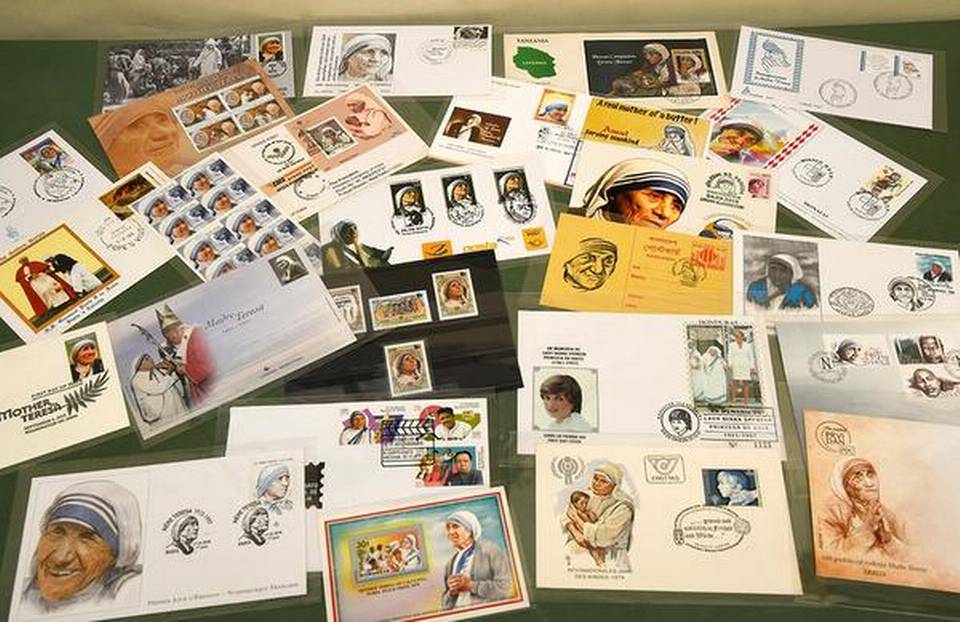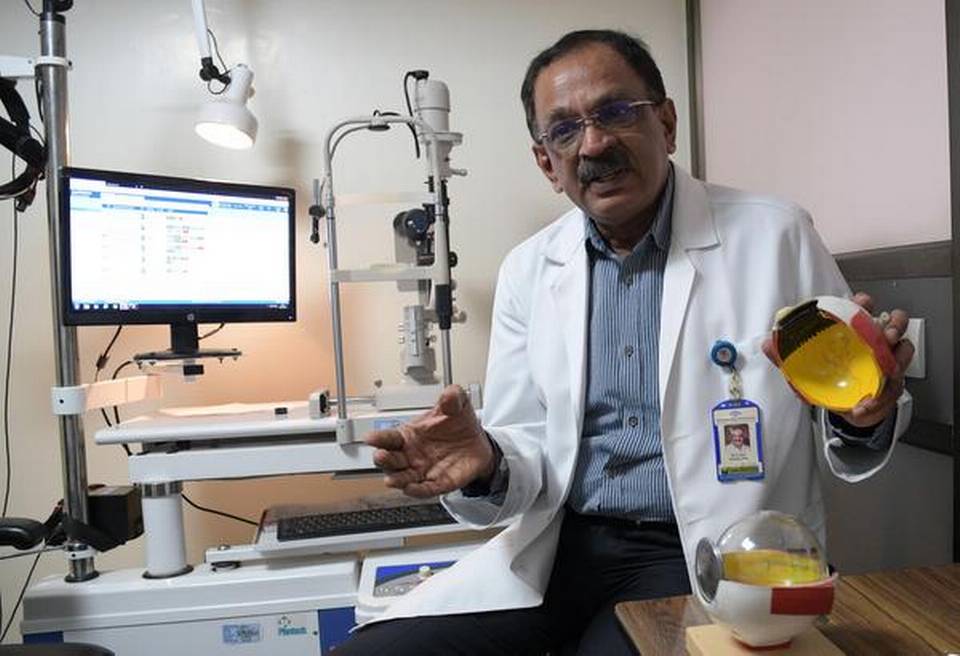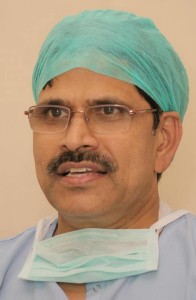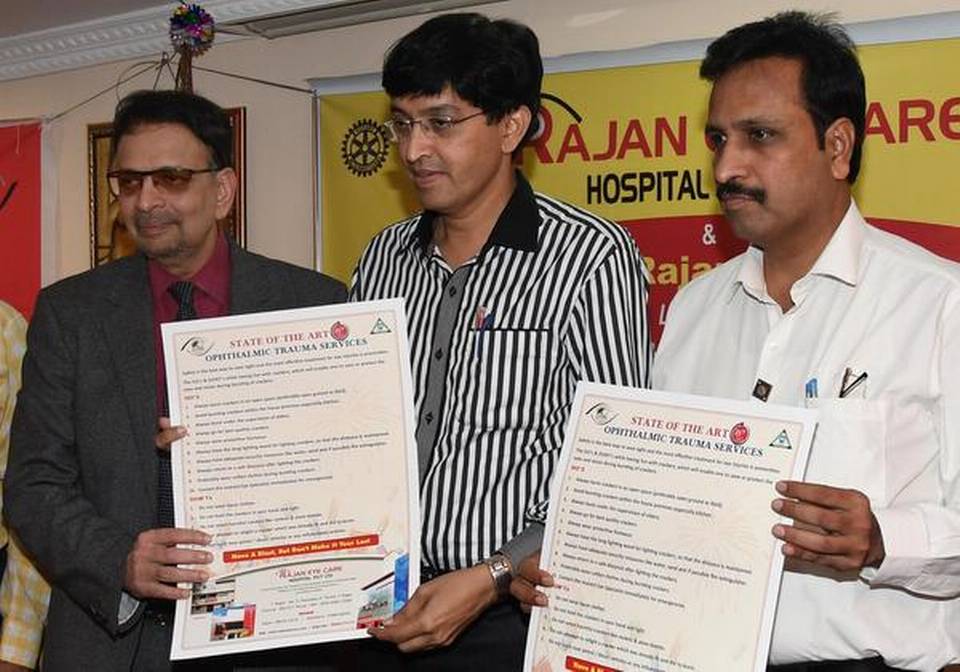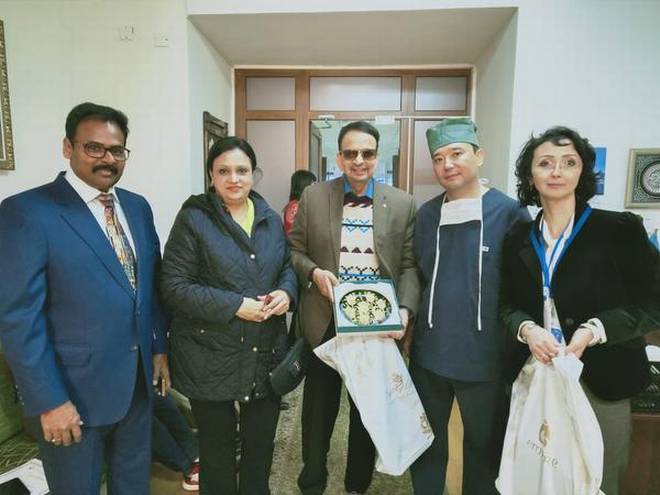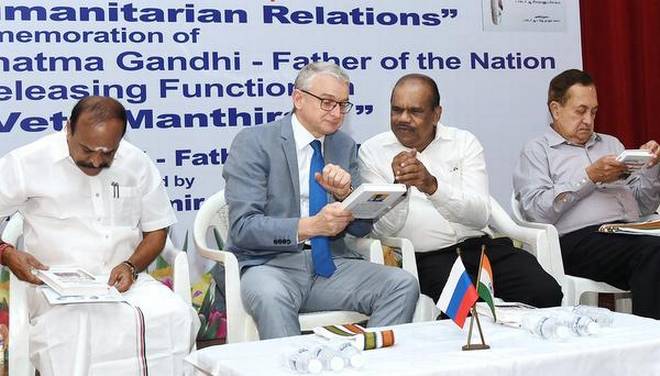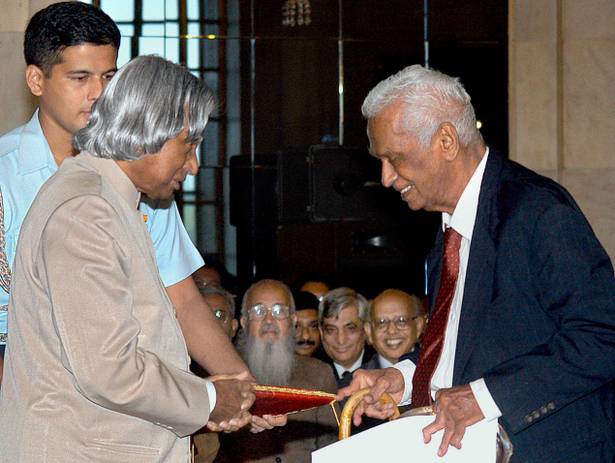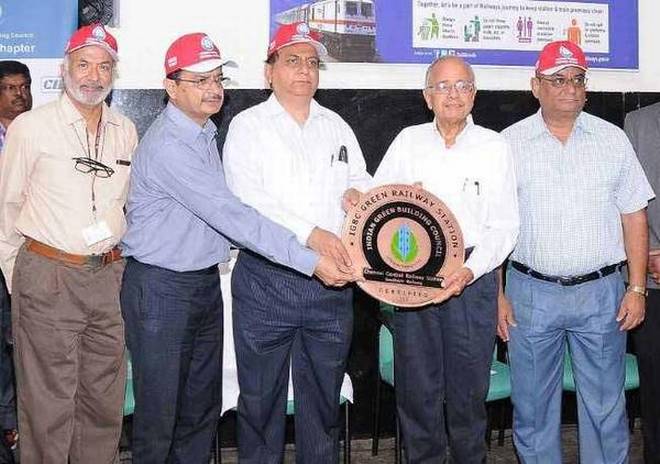Gone are those days, when elders in the family, treated their child’s illness with vegetables.
Chennai :
Gone are those days, when elders in the family, treated their child’s illness with vegetables. It is believed that the disconnection from the traditional food culture has made the present generation unaware of the nutritional values in the native vegetables. Therefore, alternative medical practitioners through their campaigns at workshops and symposia on the native food system are attempting to bring awareness among people on the possibilities of curing several ailments just by putting them on a diet of native raw vegetables.
“From a vegetable vendor, you demand a ‘fresh’ bunch of mint or coriander leaves. But, is it not an irony that what you buy fresh is dead after you cook? While cooking is nothing but an act of ‘killing’ the nutrients of a vegetable, why should you prefer it to be bought fresh?” asks BK Arunprakaash, a vegetable consultant, who runs Yogeshwar Vegetable Clinic in Coimbatore.
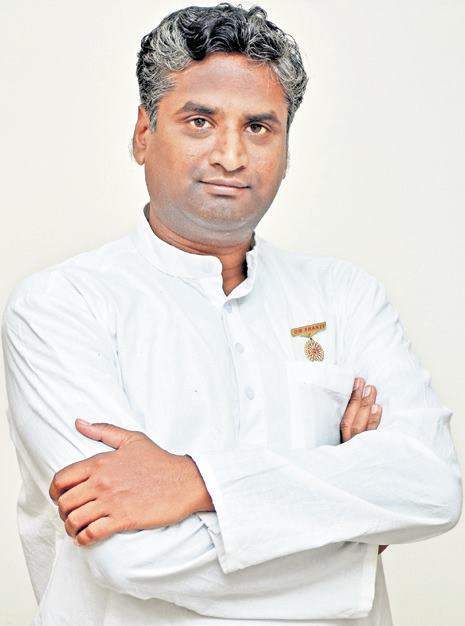
Arun, who treats diseases by prescribing appropriate diet patterns to his clients, points out that consuming raw vegetables provides a cure to several ailments. He displays a list of 12 different vegetables and the method of having each of them.“The banana, coconut and lemon, which we offer to the deities, are capable of bringing a change in a person’s behaviour.
I would say that our native vegetables have something more than nutrition. I have examined the impacts on a patient after making him consume raw native vegetables as brinjal and drumstick and the foreign ones like cauliflower and carrot. Then, I discovered that the former’s effect on the person was greater than that of the latter,” says Arun.
Citing a case study, he says, “A boy, who had been using offensive words in his language, gradually turned out to be polite after having raw snake gourd regularly.”Sixty-year-old Manivannan, a retired professor, and one of the clients of Arunprakaash says, “I was suffering from acute back and joint ache and I took certain allopathic medicines prescribed by doctors. However, they had only temporary effects on the disease. Later, when I consulted Arunprakaash at his clinic, he suggested that I have raw copra and vaazhaikaai (plantain) regularly. I followed the diet strictly, and now I am totally relieved of back and joint pains.”
Reminding the origin of the expression ‘Goodbye ‘as ‘God be with you’, a greeting of concern when a person takes leave of the other, Arun says, “In our society, many hardly know what is behind the custom of presenting a lemon to a person at the point when he sets out for a journey. During his travel, he may experience an unexpected physical hazard. At that point, let him have a full lemon with its peel. It saves his precious life. This is the truth behind the presenting of lemon.”
source: http://www.newindianexpress.com / The New Indian Express / Home> Cities> Chennai / by B. Meenakshi Sundaram / Express News Service / November 16th, 2018
